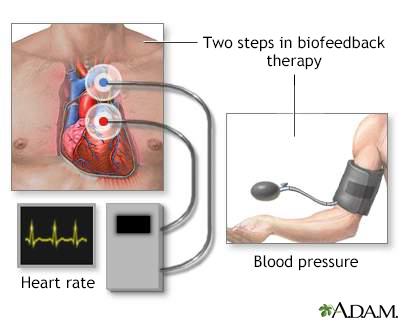Revealing the Link Between qEEG and Sleep Apnea Trends for Improved Diagnosis and Therapy
Revealing the Link Between qEEG and Sleep Apnea Trends for Improved Diagnosis and Therapy
Blog Article
Sleep apnea is a common sleep disorder that affects many people around the world. It happens when a individual's breathing is interrupted during slumber, leading to poor sleep quality and multiple medical issues. One of the ways researchers and physicians are endeavoring to better comprehend and identify sleep apnea is through a technique called quantified EEG, or qEEG. This method measures the electronic function of the cerebrum and can provide valuable insights into how sleep apnea affects cerebral activity and overall well-being.
qEEG involves placing small electrodes on the head to record brain oscillations. These cerebral waves are then analyzed to identify patterns that may suggest sleep disorders, including sleep apnea. By examining these trends, medical providers can gain a clearer understanding of how sleep apnea interrupts typical brain function during slumber. This data can be crucial for developing effective treatment strategies customized to specific patients. Understanding the connection between qEEG and sleep apnea can lead to enhanced identification techniques and better outcomes for those affected by this condition.
Research has demonstrated that people with sleep apnea often display specific changes in their cerebral oscillation trends. For example, during episodes of apnea, the brain may exhibit heightened activity in specific areas while additional areas become more active. These alterations can affect how effectively a person slumbers and how refreshed they feel upon awakening. By using qEEG to track these cerebral wave trends, doctors can recognize specific traits of sleep apnea in patients, which can help in formulating a more precise diagnosis. This is especially crucial because sleep apnea can occasionally be mistaken for other sleep conditions, leading to inappropriate treatments.
In addition to enhancing diagnosis, qEEG can also serve a part in evaluating the effectiveness of therapies for sleep apnea. For instance, after a patient begins employing a continuous beneficial airway force (CPAP) machine, which helps maintain the airway clear during slumber, qEEG can be used to sleep disorder management with qEEG assess alterations in brain activity. If the brain exhibits enhanced trends of slumber after initiating treatment, it may indicate that the therapy is working effectively. This feedback can assist physicians formulate required modifications to therapeutic plans, ensuring that patients receive the best care possible.
In summary, the relationship between qEEG and sleep apnea trends is an promising area of study that offers potential for enhancing diagnosis and treatment. By understanding how sleep apnea affects cerebral activity, healthcare professionals can develop more effective strategies to help patients attain better sleep and improve their general well-being. As studies progresses to advance, it is likely that qEEG will become an essential tool in the battle against sleep apnea, resulting to superior results for those who suffer from this challenging condition.